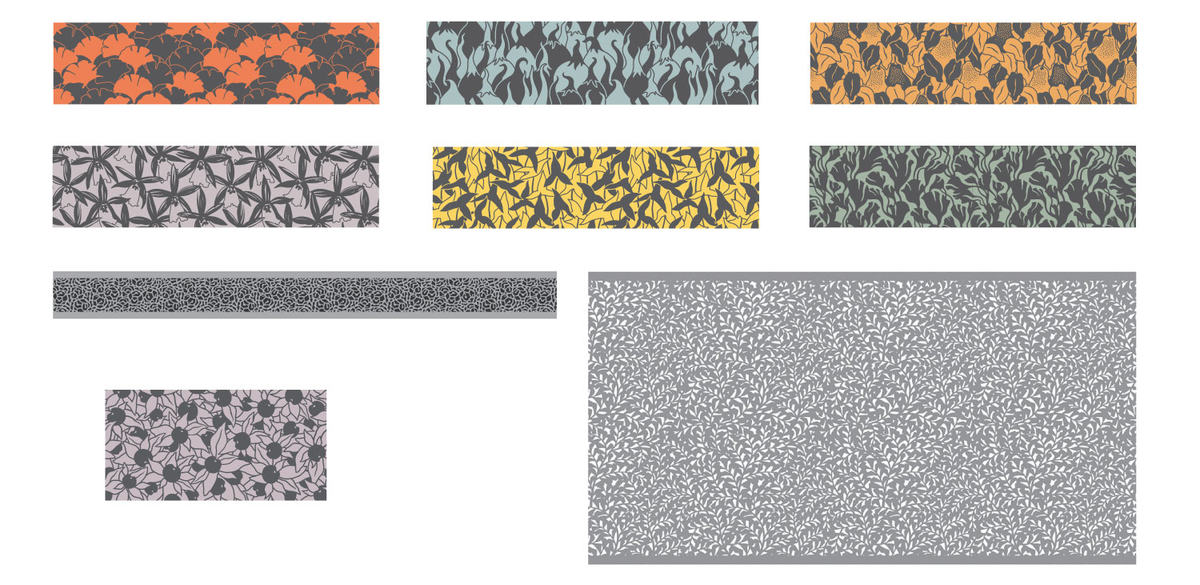Getting the task to draw seven prints for the façades of different buildings.
The designer reads the task and enthusiastically creates the first sketches with clover and bedstraw.
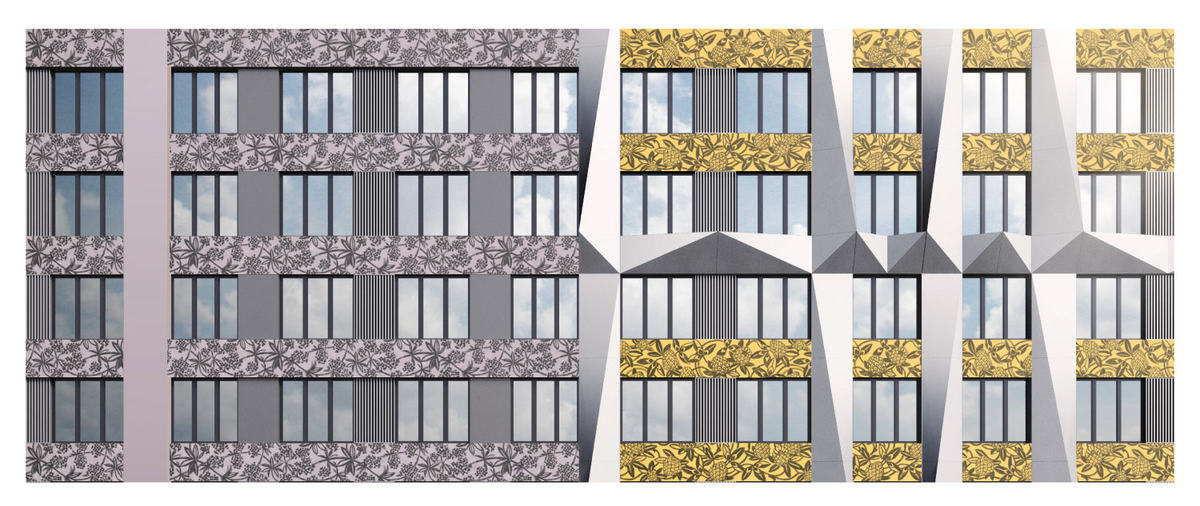
He enjoys the result. Suddenly, the project manager remembers: the drawings should be abstract, the plants should only be hinted at, and very subtly.
The designer re-reads the task, searches for and finds the word “abstract,” gets slightly upset and starts to get inspired by exotic plants to ensure a greater measure of abstractness. Sketches get drawn based on ancient ferns and stone-like succulents.

The client approves the direction but asks to continue the search.
Having a discussion with the art director. The drawing on tile is easy to print in various colors and in inverse, this will allow us to manipulate both color and tone. This fact inspires, so a new batch of pastel sketches with a cut-through drawing of dandelion seeds gets created.
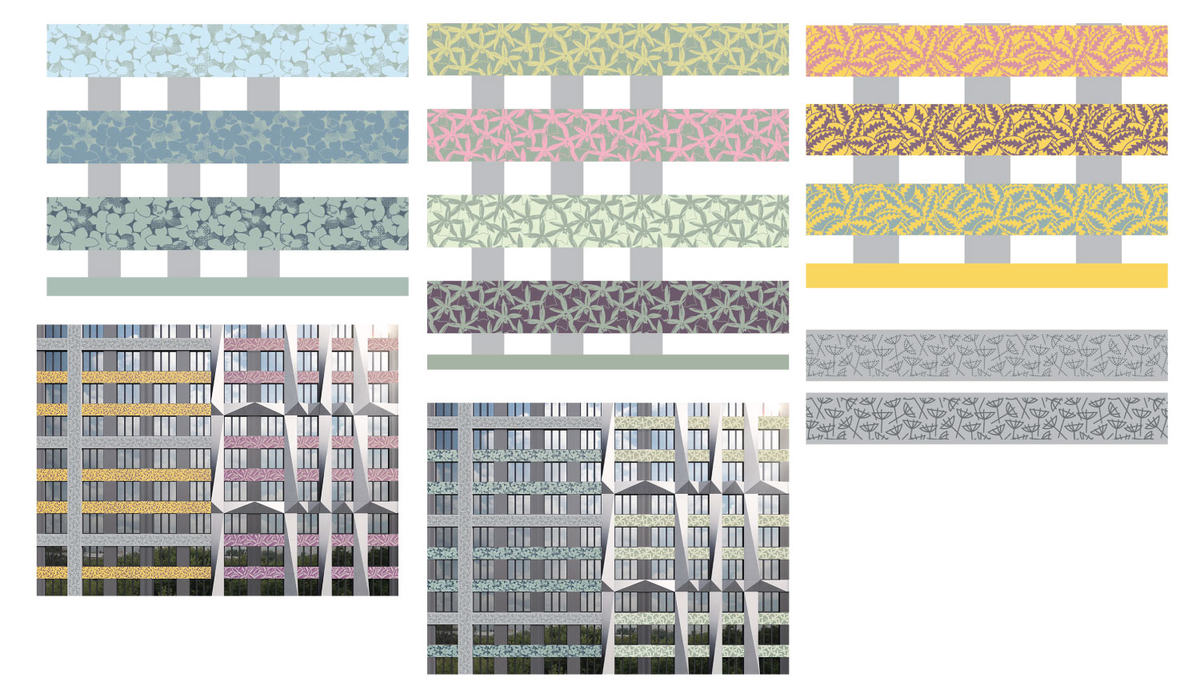
The client approves the orchids and printing on tile in a single dark-grey color. The cut-through drawing needs to have more holes and be closer to reference images.
The drawing continues. Lunaria, ginkgo leaves, coral lichen, prickly lettuce, gramineous plants, stonecrops, mistletoe, very highly processed mosses, seaweeed, arrowhead.
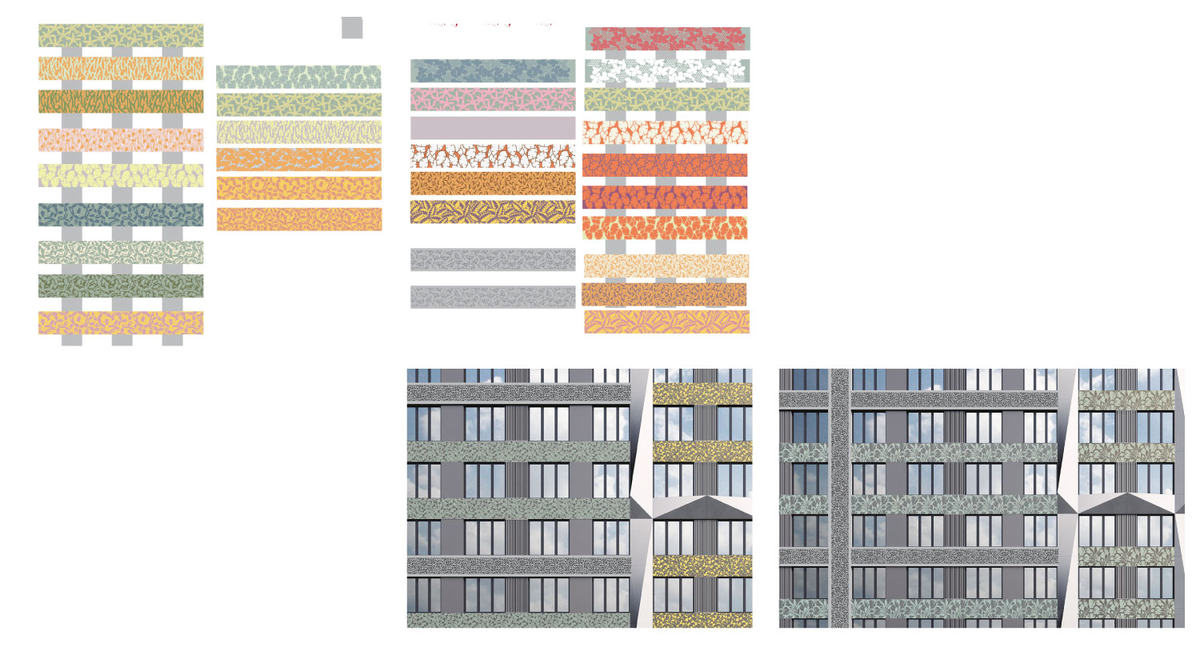
As the base for the cut-through drawing we use cypress branches with cones and another variant based on seaweed. For the attic, a branch of the ancient fern is being processed.

The art director rejects the strongly accented pattern for the cut-through drawing. Reworking it into a more uniform pattern.
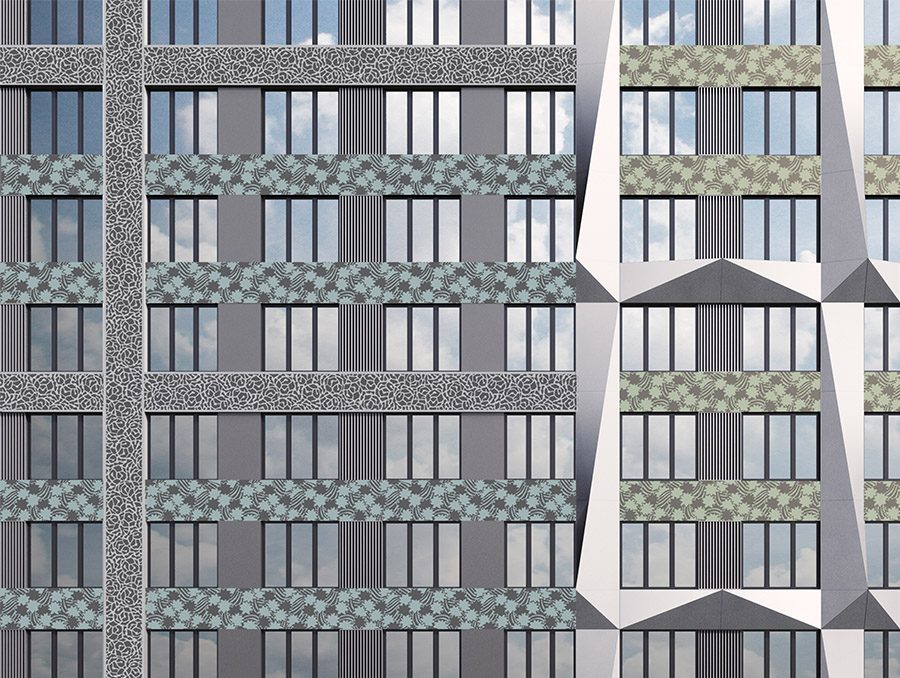
The client approves some of the patterns and asks to create a couple of prints with fruit, as well as an accentuated cut-through drawing similar to the reference one. The art director argues to keep the uniform cut-through pattern.
Pears and a very abstract pitaya are born.

Inviting the second designer to maintain speed.
The designer reads the task, gets inspired by tropical plants and creates the first sketches of physalis.

Creating the pattern, sending to the art director.
Art director: The scale is too large. The dark spots form diagonal lines, it would be better to break them up somehow, to make sure the spots have more uniform distribution.
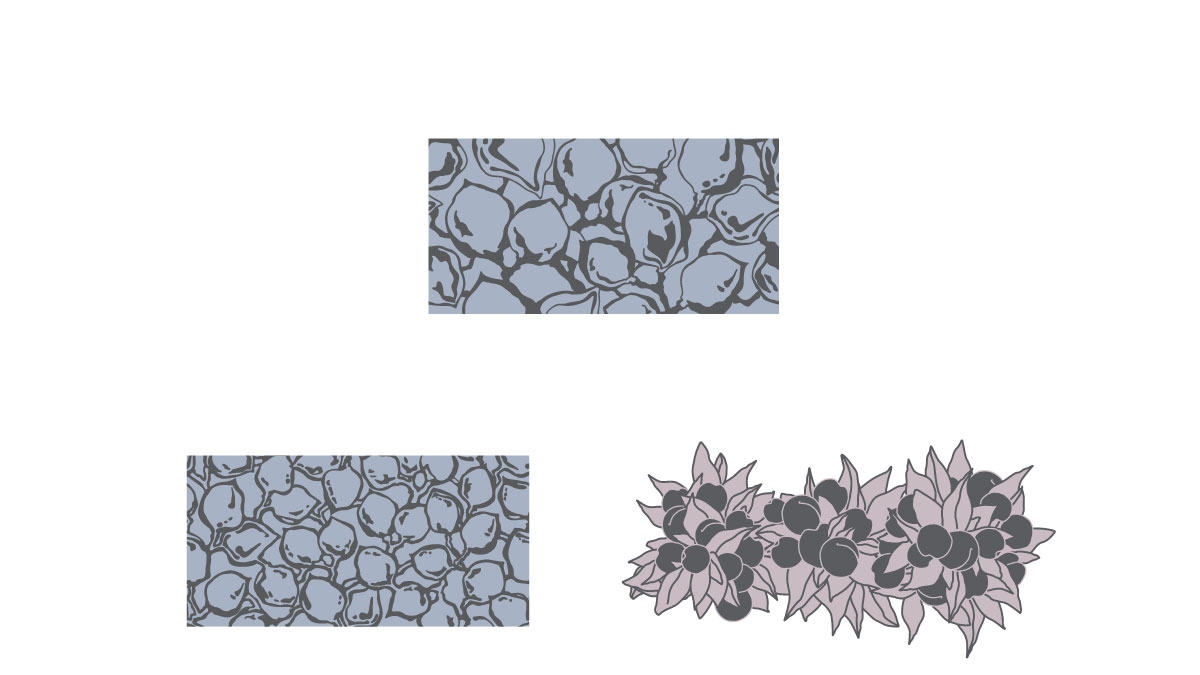
The designer reworks the ornament and simultaneously starts to work on the second pattern with peaches. Again, a pattern gets assembled and sent to the art director.

Art director: The triangle spots (that look like a sector of a circle) in the bottom give away the repeating fragment.
Elaborating the physalis and peach composition, peaches get transformed into apples, sending to the client. The client chooses peaches. Finalizing, making sure the result doesn’t look like a vector drawing.
